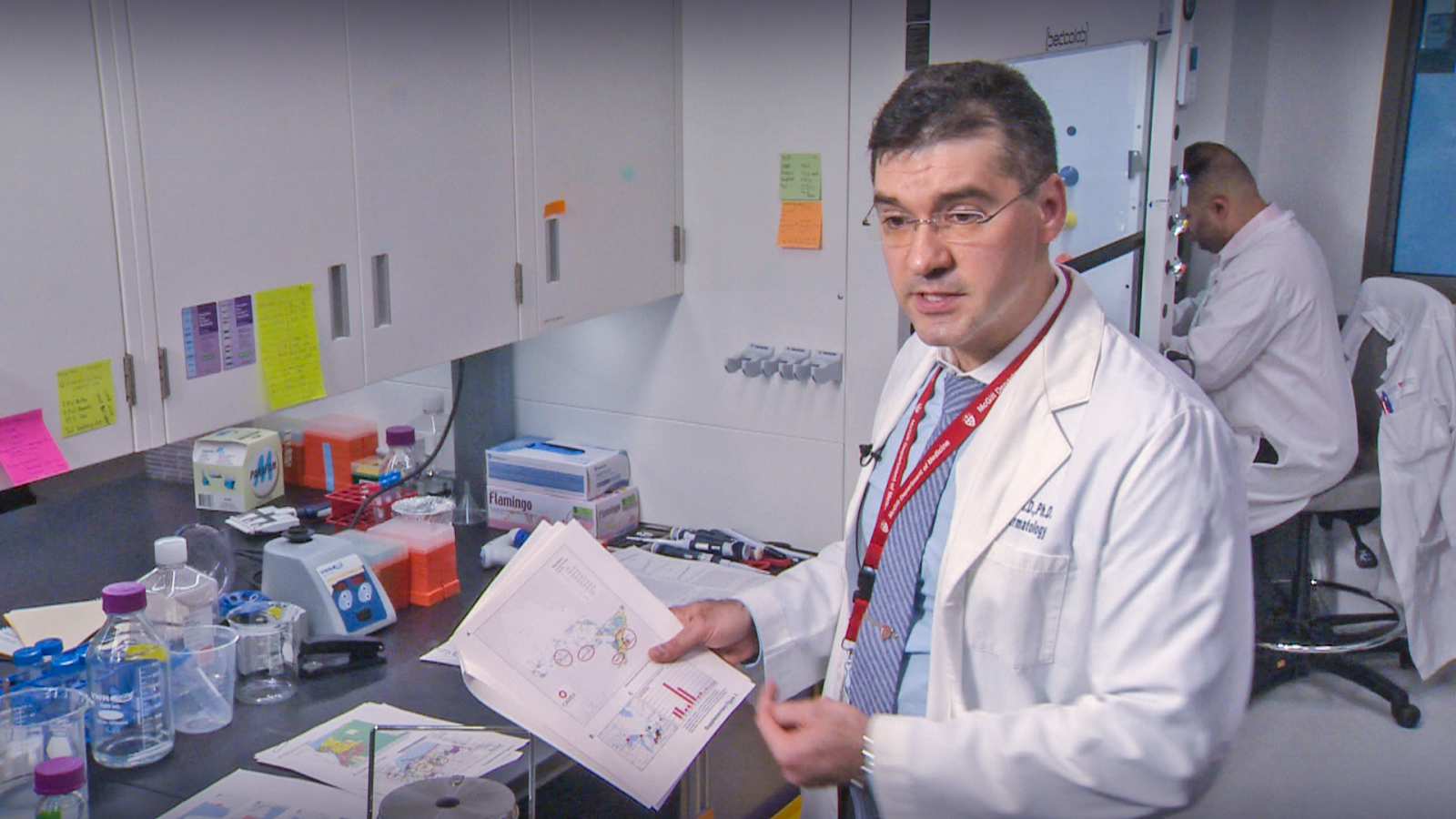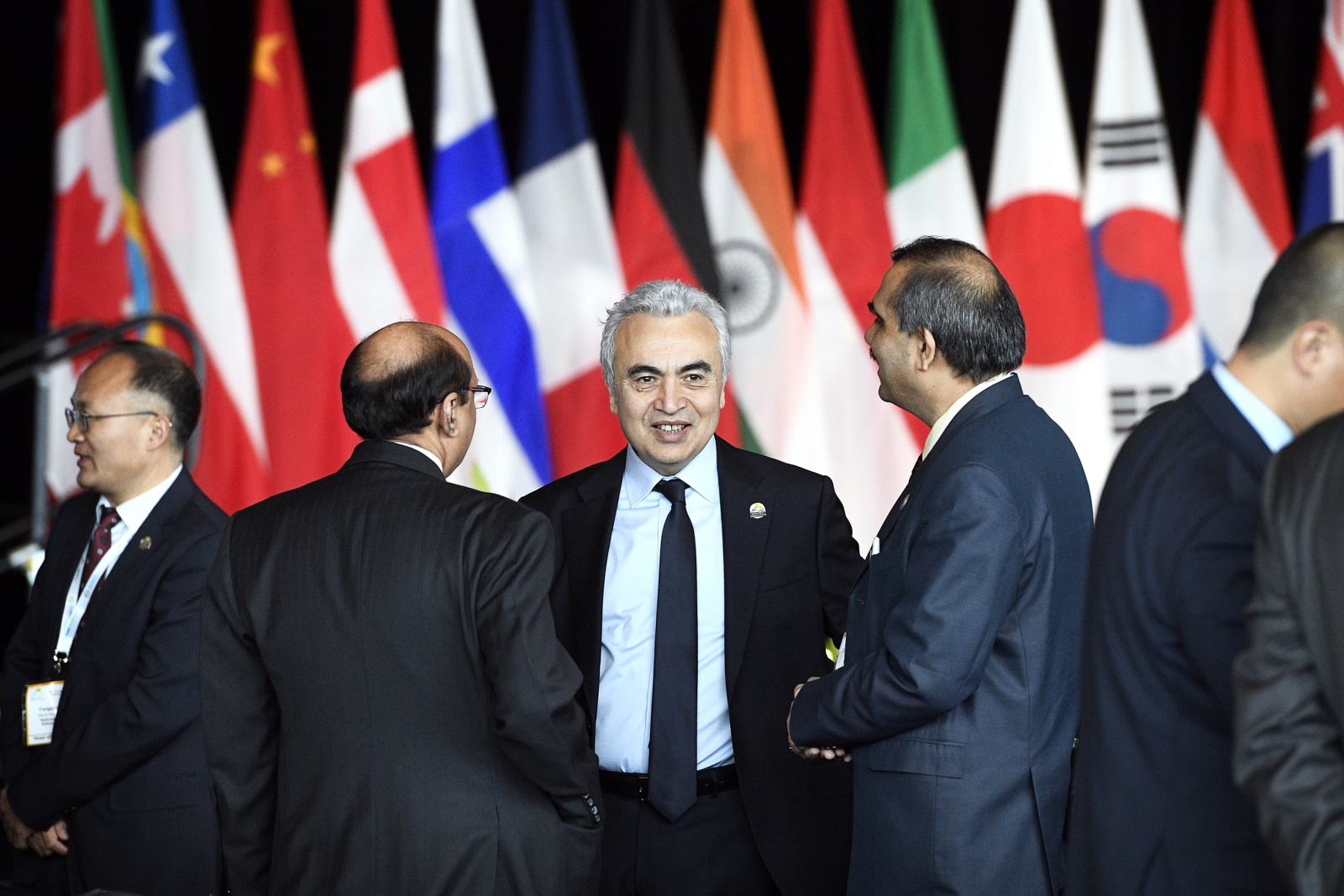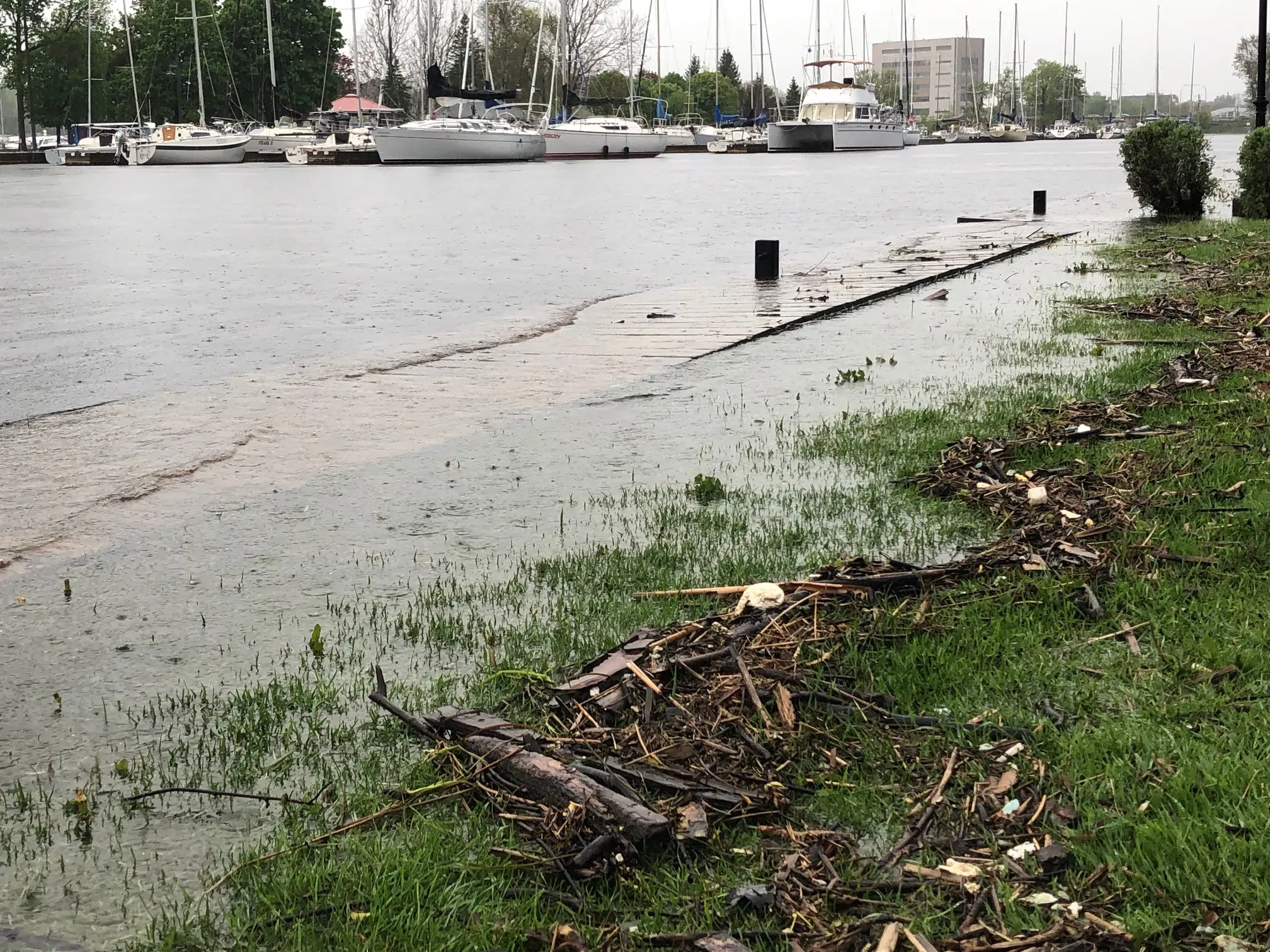
Prince Edward County Coun. Kate MacNaughton introduced a motion at the committee of teh whole last week in an effort to have the municipality declare a state of climate emergency. BRUCE BELL
Adams demolishes objections of the fainthearted
My name is Rosalind Adams and I am speaking to motion CW 181 2019.
I appeal to you not to declare a “climate urgency”.
To pick up from where the last discussion left off, Council downgraded the proposed declaration from “climate emergency” to “climate urgency”. This had nothing to do with science, but sprang from a disinclination to take the kind of action declaring a climate emergency would demand.
It is hard to fathom why, when hundreds of millions of people’s lives are in danger, when our own children’s and grandchildren’s chance of decent survival is threatened, Council wouldn’t want to do everything its power to change things.
I can only imagine two possible explanations. One is the belief that continuing the status quo is worth ending the world for everyone. The other is confusion about climate change and our responsibility to reduce our emissions. I hope that it’s the latter. So I am going to try to clear up some confusing statements made by Council at the last meeting.
Statement #1. We all produce carbon dioxide every time we breathe out, so how can we really reduce our carbon emissions?
The carbon dioxide we breathe out comes from how we use food and oxygen to get the energy we need. When we burn food in our bodies it is converted to water and carbon dioxide. All the carbon dioxide we exhale comes from food recently produced by photosynthesis. Photosynthesis is the process where plants use energy from the sun to make food from carbon dioxide and water. This creates a cycle. Plants are pulling carbon dioxide out of the atmosphere at the same rate that things that eat plants are releasing it. So we don’t disturb the carbon dioxide concentration by breathing.
On the other hand when we burn fossil fuels we are releasing hundreds of millions of years worth of sequestered carbon on a time scale of a few centuries, mostly over the last fifty years–far more carbon dioxide than all life processes on earth release, far more than what the biosphere can absorb. This excess is going into the atmosphere increasing the concentration of carbon dioxide, and warming the planet.
To reduce our emissions, we don’t need to stop breathing, we need to stop burning fossil fuels.
Statement #2. The entire country of Canada only contributes between 1.5 and 2 % of total global carbon emissions, so it won’t make much difference if we lower our emissions.
This is the “I’m only one person, so I can do whatever I want and it’s not going to matter in the big picture” mentality, but multiplied by 36 million.
Everyone in the world is only one person. What is pushing global carbon emissions over the threshold is the aggregation of carbon emissions made by individual human beings.
We each share the climate with almost eight billion other people, who are all our equals. So a good way to see if how we are proposing to act in the climate crisis is okay, is to ask the question, What if everyone does what we do?
We are already seeing what happens if only a small percentage of the world’s population have high levels of fossil fuel use: the aggregate carbon emissions of this group are changing the atmosphere in a life-threatening way.
And that’s not even with everyone acting the way Canadians do. Even among the world’s worst emitters, we stand out. The national emission level Greta Thunberg is protesting, Sweden’s, is 5.9 tonnes per person. Her young European Union comrades are protesting an average level of around 8 tonnes. Canada’s per capita emissions are 22 tonnes.
If everyone in the world had our size carbon footprint, and was following our emissions reduction plan, by 2030 global emissions would be 10 times higher than what is consistent with a survivable future. But that would not really matter, because we would have overshot that possibility by 2021, two years from now. Luckily the world cannot produce enough oil for this to happen.
But our continued ignoring of climate change, and continued high emissions create acceptability on the global scene for this kind of behaviour, and encourage others to adopt it, when we need to be doing the opposite. They also make it impossible for us to demand that other countries lower their emissions.
Which brings us to Statement # 3. China, India, The E.U., the U.S., and Russia all have far greater emissions levels than Canada. It is they who need to lower their emissions, not us.
Let’s look at India. India’s carbon dioxide emissions are 2455 million tonnes per year, about three and a half times Canada’s. Their greater emissions are not unexpected. India has a population of 1.3 billion, about 35 times as many people as Canada. India consumes lots more food than Canada too. That doesn’t mean the people of India eat too much, or that Canadians eat too little.
All the countries mentioned have populations at least 4 times greater than Canada’s. To make relevant comparisons, we have to factor in these differences. To see who really needs to lower their emissions, we must use per capita values and hold them up against the IPCC report’s livable-climate target of 2.1 tonnes per person by 2030.
India’s per capita level is 1.9 tonnes. To meet the 2030 target, they do not have to make any reductions. China, the E.U., and Russia all have considerably higher emissions levels: around 8 tonnes per person for China and the E.U. and 11 for Russia. These countries are responsible to make considerable cuts by 2030 to reach the 2.1 tonne per person target. But none of the so-called top emitters have anywhere near the same responsibility as Canada, where average per capita emissions are 22 tonnes.
Our personal carbon emissions do not have a lesser impact on the climate if we live in a country with a low population. The atmosphere and the climate do not recognize borders. We are all just people making emissions. Canadian people make bigger emissions than any other people in the world, and we need to cut our emissions more deeply than anyone else.
Statement #4. Declaring a climate emergency would be divisive.
This is true, but the question we need to ask here is, divisive compared to what?
Declaring a climate emergency might feel alienating to some people in the County because of conflicting ideologies.
But not declaring a climate emergency, not declaring and acting like our collective house is on fire, will cause this house to burn down, figuratively speaking.
Global temperatures forced higher will cause weather disasters to exceed our ability to deal with them. The cost of emergency response, clean-up, rebuilding, infrastructure repair, the social cost of large numbers of people incurring devastating losses, will cut deeply into communities’ ability to provide essential services like healthcare, education, child- and elder-care. Large numbers of people in need competing for depleted to non-existent resources will be far more divisive than differing ideologies.
Human caused climate change also poses an undeniable threat to both global and local food systems. Failing to address climate change will inevitably lead to food crisis. We have seen this situation in microcosm lead to civil unrest and war in other parts of the world. A climate-induced global food crisis has the potential to do this on an unprecedented scale. Talk about divisive.
There seems to be the impression that by not declaring a climate emergency, Council can choose not to have a climate emergency. This is not the choice. The choice you are facing is to declare a climate emergency and do all you possibly can to avoid catastrophe, or to do little to nothing about it and contribute to destroying the future for everyone.
In conclusion that I would like to remind Council that you all are part of “everyone”.
Do not declare a climate “urgency”. Declare a climate EMERGENCY today.
RELATED:







 Debris comes up on the property at 10 S Front St, as water comes up over the boardwalk (Photo: John Spitters / Quinte News)
Debris comes up on the property at 10 S Front St, as water comes up over the boardwalk (Photo: John Spitters / Quinte News)